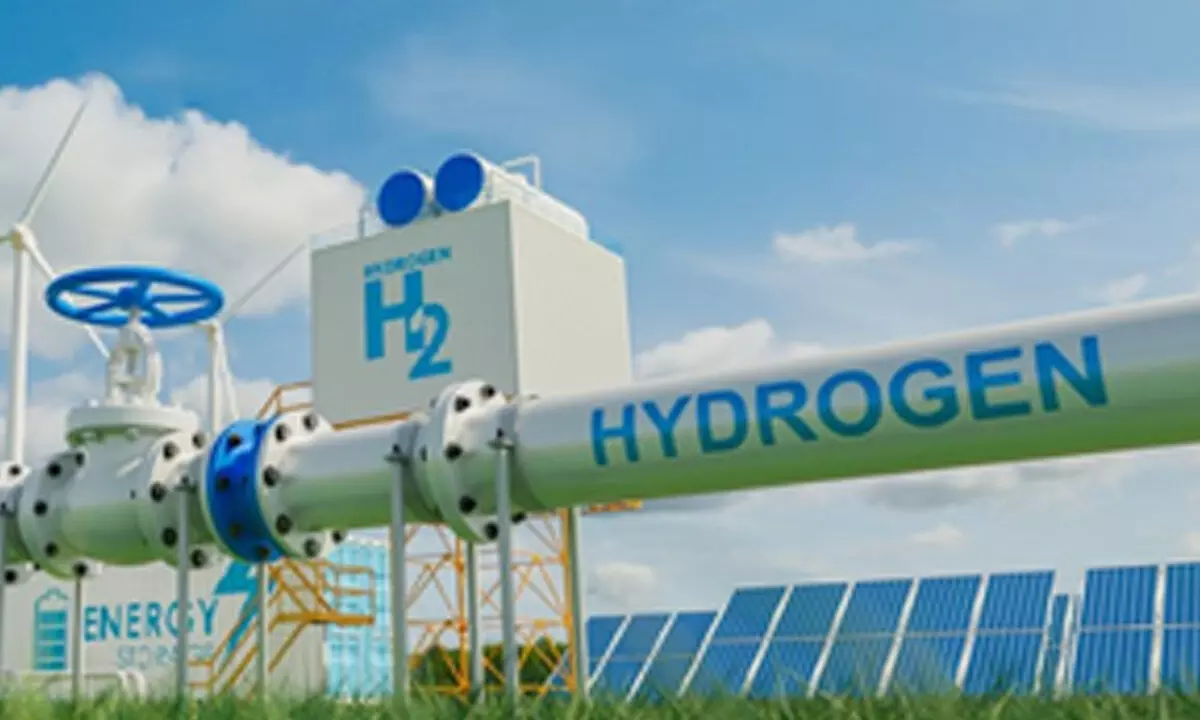India's Green Hydrogen Cost Projections and Policy Impact
Key Ideas
- The levelised cost of green hydrogen in India is projected to decrease to around $2.1 per kg by 2029-2030, driven by a drop in electrolyser prices and efficiency improvement.
- Supportive government policies, including PLI incentives, aim to boost green hydrogen production and reduce the country's dependence on fossil fuels.
- Despite the current higher cost compared to grey and brown hydrogen, the momentum of green hydrogen in India is expected to accelerate due to lower renewable energy prices and decarbonisation goals.
- A significant capital expenditure investment of Rs.2.40 lakh crore is required to produce one million metric tonnes of green hydrogen, with ongoing efforts to reduce the levelised cost to enhance viability and adoption.
A recent report by CareEdge Ratings suggests that the levelised cost of green hydrogen in India is poised to decline significantly to approximately $2.1 per kg by 2029-2030. This reduction is expected to be fueled by a projected 35-40% decrease in electrolyser prices and a 12-14% improvement in efficiency, alongside favorable government policies. The report indicates that this cost reduction, combined with policy support and declining renewable energy prices, will provide India with a competitive advantage in green hydrogen production.
The report emphasizes that the growth of green hydrogen in India will be driven by lower costs of renewable energy and the country's ambitious decarbonisation objectives. Government initiatives, such as the Production-Linked Incentives (PLI) for green hydrogen production and electrolyser incentives, are seen as crucial steps to achieve the targeted levelised cost of hydrogen (LCOH). Despite the current higher cost of green hydrogen compared to grey and brown hydrogen, the report highlights the potential of green hydrogen to help India achieve its decarbonisation targets and reduce reliance on fossil fuels.
However, challenges remain, as the estimated levelised cost of green hydrogen is still notably higher than that of grey and brown hydrogen, despite the waiver of interstate transmission charges for renewable power. The report underlines the need for substantial capital expenditure amounting to Rs.2.40 lakh crore to produce one million metric tonnes of green hydrogen. As of 2023, the estimated LCOH was at $3.74 per kg, indicating the current disparity.
Looking ahead, the report underscores that reducing electrolyser costs and enhancing efficiency are crucial prerequisites to achieve the targeted levelised cost of $2.1 per kg. While there are barriers to overcome, the positive outlook on green hydrogen in India, backed by supportive policies and decreasing costs, signals a promising future for sustainable energy production and decarbonisation efforts.
Topics
Green Hydrogen
Renewable Energy
Government Policies
Investment
Energy Transition
Decarbonisation
Economic Impact
Latest News
